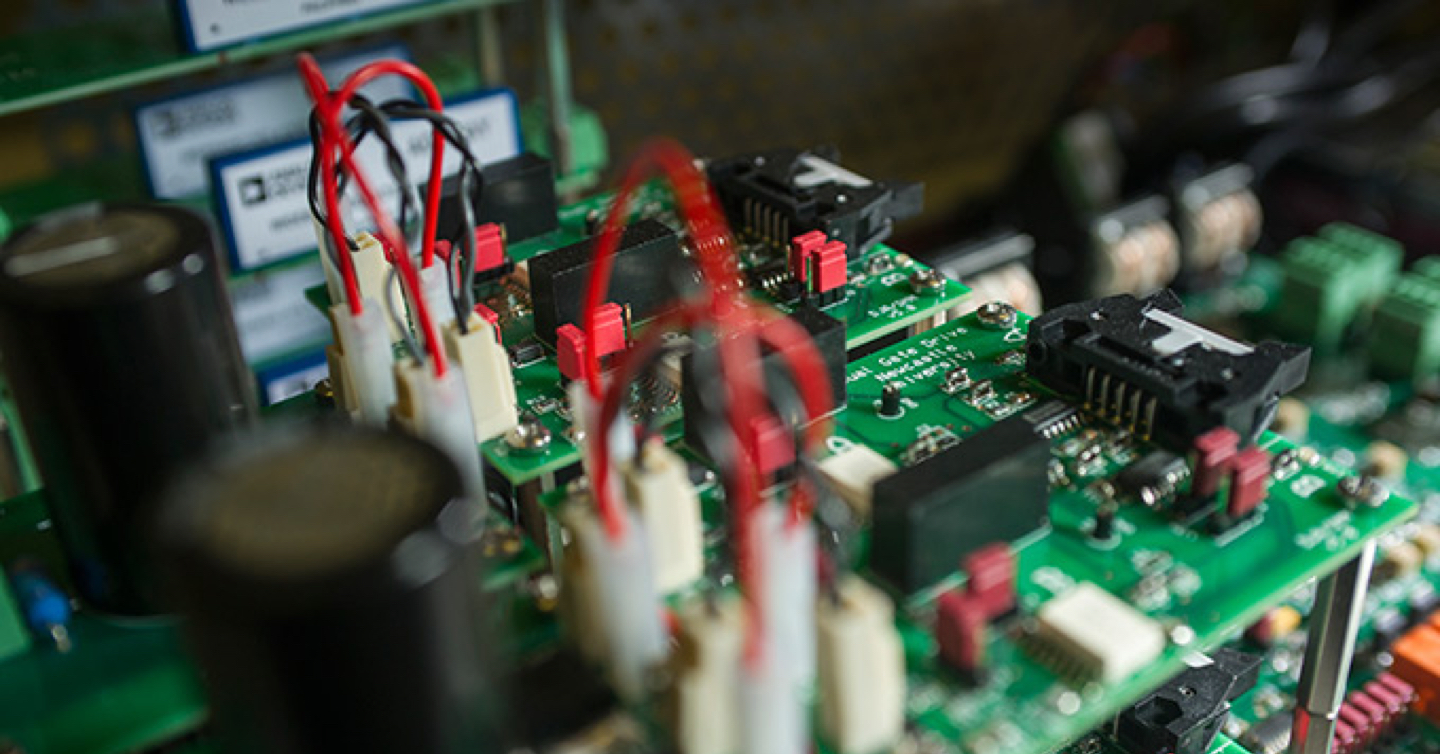Ramin Moeini Korbekandi
Optimising the performance of a free piston engine generator.
Email: r.moeini-korbekandi@ncl.ac.uk
Supervisors
- Dr Nick Baker
- Dr Dawei Wu
Project description
A Free Piston Engine Generator (FPEG) system is a special type of combustion engine. It represents a new approach to converting chemical energy into electrical energy. Unlike conventional engines, it does not use a crankshaft. Instead, it generates electric energy by linear movement of the pistons.
The benefit of removing the crankshaft is that the piston is free to move under the action of combustion process force. The movement of the piston is not restricted by the crankshaft. In other words, there is no need to convert the piston’s linear motion to rotary motion. So fuel is converted to electricity in a more direct way.
A Permanent Magnet (PM) electrical machine has the best performance in terms of force/power density. Efficiency is also higher due to using PMs instead of coils carrying current. PM electrical machines also occupy less volume compared to other topologies with similar design power.
These are the reasons why we have chosen a PM synchronous electrical machine for this application. A tubular linear electrical machine is a suitable candidate for integration with an engine. It is more compatible with piston and cylinder shape than a flat machine.
We will integrate the linear electrical machine with the compressor cylinder. We will use a set of coils around the circumference as a stator. We will embed ring-shaped PMs on the surface of the connecting-rod-piston as a translator. Thus, linear movement of the translator back and forth, driven by the engine process, generates electrical power. We will examine coupling the mechanical and electrical systems. To do this, we are using the Siemens LMS imagine Lab Amesim simulation software. We can then identify optimal system performance. We will modify the key parameters of the linear joule engine generator system.
Interests
Electrical machine design.
